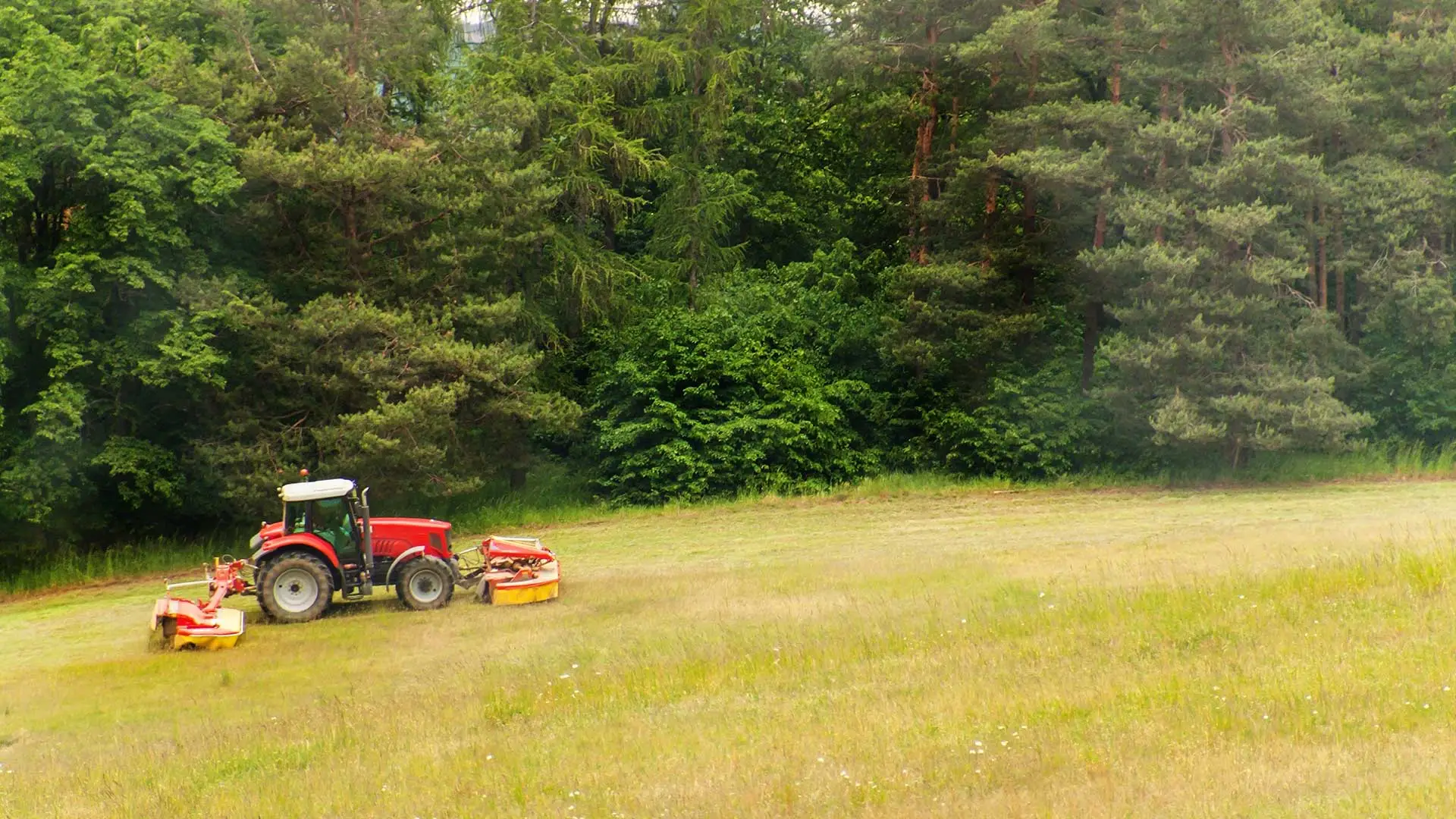Be careful how you apply your winter ice melt! Salt does not directly kill plants but it does absorb moisture. Salts in soil reverse the normal absorption of water by plants, so water is drawn out of plants, even when soil is saturated. Thus plants are deprived of water, go into dormancy if possible, and will die from lack of water eventually.
What about applying ice melt to your driveway or sidewalk? Turf adjacent to winter salted walkways can be harmful to your lawn. Sometimes they will recover on their own as salts are leached out of the soil by spring rains. If immediate repair is mandated, get a simple salinity meter, and test the soil in the damaged areas. If very high, just replacing sod will probably result in burned new sod. It is best to remove and replace the soil to a 6″ depth, then re-seed or sod. Use the meter to determine how far off the pavement you have to go – as you get further away, you may not have to go so deep.
In sandy soils, like in the river bottoms, the grass will usually recover on its own, because the salt is easily leached out before the grass dies from drought. With generally heavier, more clay type soils in certain areas, probably just replacing the soil and re-seeding or sodding is your best bet.
By using “Greener” ice melting chemicals like Magnesium Chloride, you can reduce the damage to plants and turf. Generally, these chemicals are more expensive but may out way the cost in the reduced amount of damage to your vegetation. The other added benefit of using Magnesium Chloride, is that the chemical will melt snow or ice at a much lower temperature.




Comments (0)
Thanks for your comment!
Thanks for your feedback! Your comments have been successfully submitted! Please note, all comments require admin approval prior to display.
Error submitting comment!
There is a problem with your comment, please see below and try again.